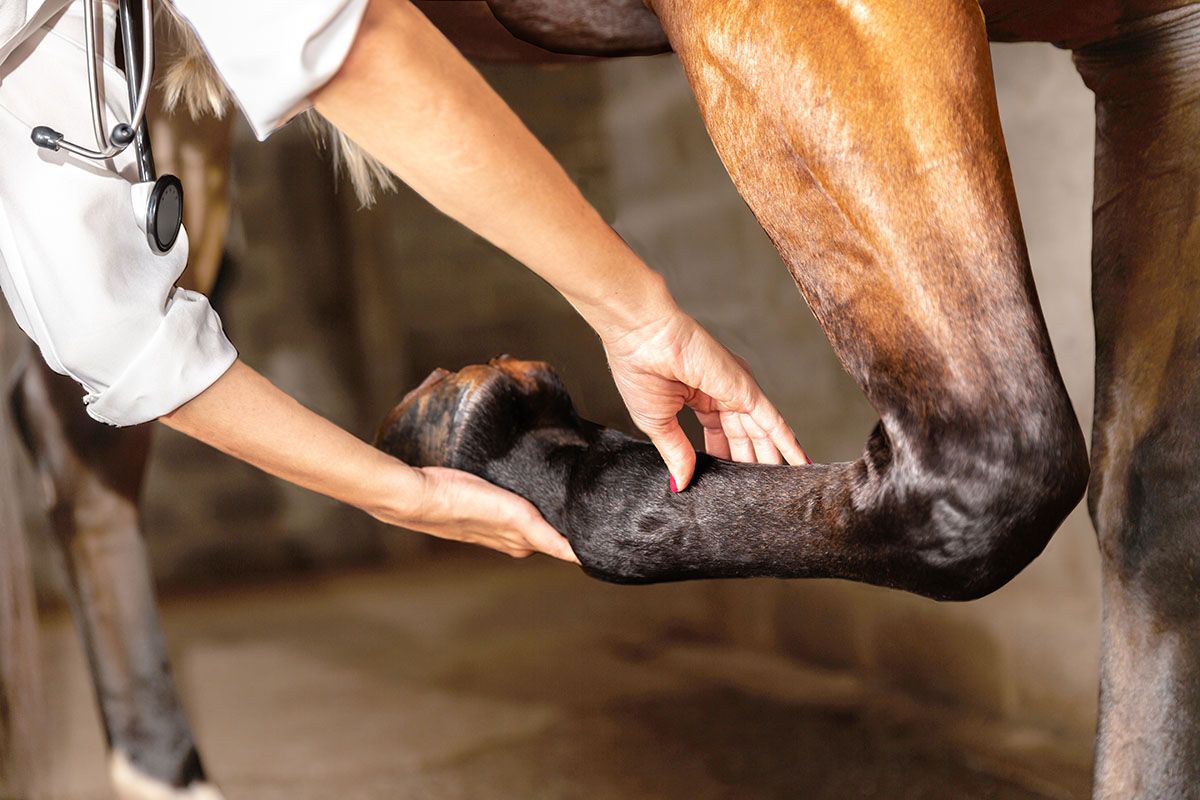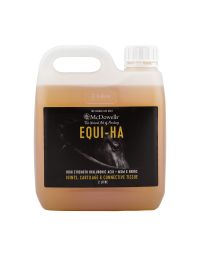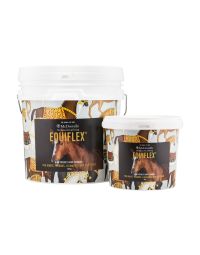As both a veterinarian, herbalist, and lifelong horse owner, I often say that joint health is not just an “old horse problem.” Caring for your horse’s joints should begin in early life and continue throughout their lifetime. Strong, flexible, and well-nourished joints are essential not only for performance horses, but also for pleasure horses, youngsters in training, and our much-loved retirees.
A horse has 205 bones in its skeleton, with 20 in each forelimb and 20 in each hind limb. These bones are connected through an intricate system of tendons, ligaments, cartilage, and synovial joints - structures that bear immense weight and absorb repetitive forces over a lifetime. When these systems are compromised—whether through abnormal forces on healthy cartilage or normal forces on already-damaged cartilage - joint disease develops.
By understanding joint structure, providing appropriate nutrition and exercise, and supporting the body with herbal medicine where appropriate, we can give our horses the best chance at soundness and longevity.
Understanding the Different Types of Joints
Horses have three types of joints, each with different functions and risks:
Fibrous joints – These immobile joints (like those in the skull) rarely cause problems.
Cartilaginous joints – Found in the spine, pelvis, and growth plates, these allow limited movement.
Synovial joints – The most important and vulnerable for horses. With 18 in the horse’s body, these are the “moving parts”—hinges, gliding joints, and pivots. They contain synovial fluid that lubricates, cushions, nourishes cartilage, and supports shock absorption. Most lameness issues involve synovial joints.
Caring for Joints Through Nutrition
The health of a horse’s joints begins with the diet they receive from foalhood onwards. Proper mineral balance is essential: bones and connective tissues require not just calcium, but also magnesium, silica, phosphorus, vitamin D, and fatty acids. Too much calcium without its co-factors can cause imbalances, while a diet high in processed feeds may increase acidity and leach minerals from bones.
As both research and traditional herbal practice suggest, feeding a whole-food diet of forage, supplemented with herbs and minerals, gives the body what it needs to maintain joint tissues. Herbs such as rosehips, nettle, and yarrow provide trace minerals in highly bioavailable forms.
Keeping your horse at an ideal body weight is just as important as nutrition. Extra weight places unnecessary strain on joints and accelerates wear-and-tear.
Exercise for Joint Longevity
Exercise is medicine for joints - when done right. Movement stimulates synovial fluid production, strengthens muscles that support joints, and maintains flexibility.
The best forms of joint-friendly exercise include:
- Walking (in-hand or ridden) – Encourages range of motion and warms up tissues.
- Trotting on good footing – Builds strength and cardiovascular health with less concussion than cantering.
- Hill work – Naturally strengthens hindquarters and supports hock and stifle stability.
- Pole work and cavaletti – Encourages flexion, balance, and proprioception.
- Always warm up and cool down carefully. Overworking or repetitive strain without recovery can undo the benefits of good exercise.
Conformation and Hoof Care
Conformation - the way a horse is built - has a profound impact on joint health. Straight shoulders may increase concussion on the knees, while post-legged hindquarters can predispose a horse to hock issues.
While we cannot change a horse’s skeleton, we can minimise stress through careful management of hoof balance. Regular, correct trimming and farriery are among the most important factors in protecting joints.
Herbal & Nutritional Support for Joints
While management, nutrition, and exercise form the foundation, herbs and natural supplements can play a powerful role in joint care. Modern veterinary medicine often relies on pharmaceutical anti-inflammatories, which can be effective but hard on the stomach and kidneys with long-term use. Herbs offer a gentler, supportive alternative.
Final thoughts
Joint health is a lifelong journey. As a vet, herbalist, and horse owner, I’ve seen the difference that early joint care makes—not just in keeping horses sound, but in keeping them happy and willing well into their later years.
Feed wisely, exercise smartly, manage hooves carefully, and consider the gifts of herbal medicine. When we support our horses’ joints at every stage of life, we give them the freedom of movement that is at the heart of their wellbeing.
McDowells Recommendation
Equiflex is a high potency joint formula. It is a combination of modern connective tissue supplements such as MSM and glucosamine with the added benefits of traditional herbal medicine. EquiFlex provides nourishment to joints, tendons, ligaments and cartilage. This product is natural and has a focus on the highest quality, most effective ingredients we could source.
Ingredient breakdown
MSM (Methylsulfonylmethane)
MSM has a lot of supportive research to back up claims that it reduces joint pain, and acts as an anti-inflammatory. MSM is a rich source of organic sulphur that aids in reduces muscle damage, reducing pain & stiffness, boosting immunity. It is vital for soft tissue growth and is required in the synthesis of the bones to connective tissue.
Glucosamine
Glucasomine is used by the body to make other chemicals that build tendons, ligaments, cartilage, and the fluid that surrounds joints. Its production of GAG’s (glucosaminoglycans) in synovial fluid to enhance lubrication.
Turmeric
Tumeric is able to reduce inflammation and the associated pain substantially when added to your horse’s diet alongside pepper.
Rosehips
Rosehips are one of the very best sources of natural Iron and Vitamin C. They also contain biotin for optimum hoof health.
Yarrow
Yarrow counters tissue swelling and inflammation and encourages bone marrow health.
Meadowsweet
Meadowsweethas been traditional used to reduce acids in the body including around the joints.
Equihemp
Equihemp contains a combination of modern connective tissue supplements such as MSM and glucosamine, with the added benefits of traditional herbal medicine. EquiFlex is designed to provide effective nourishment and nutrition to joints, tendons, ligaments and cartilage. Equihemp contains both omega-3 and omega-6 fatty acids with a 1:3 ratio. Fatty acids are essential for the normal functioning of a cell.
References
(3) Feeding Horses for Joint Health
(4) Synovial Joints and How They Work - The Horse
(5) 5. McIlwraith, C.W. Osteoarthritis (degenerative joint disease): An update. Proceedings of the 11th International Congress of the World Equine Veterinary Association, Guarujá-SP, Brazil. 2009.


